10 Home Staging Statistics in Australia: Updated in 2025
-
Codee Chessher
- Last updated:
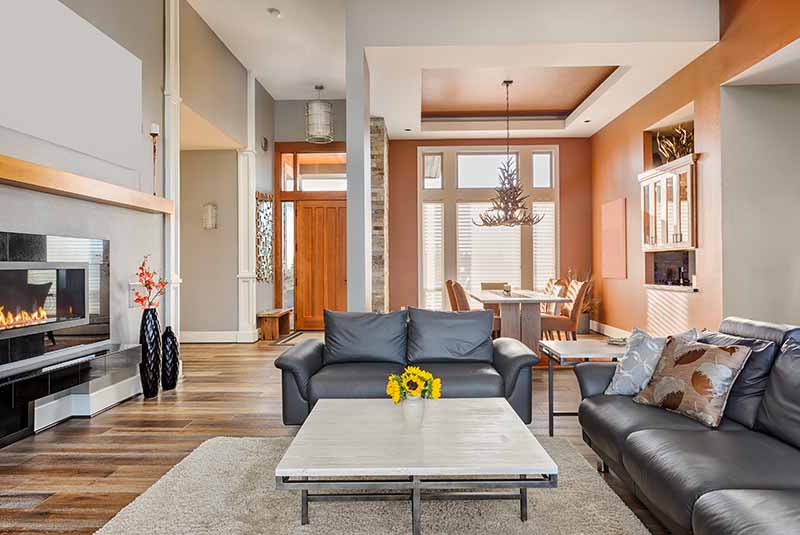
Note: This article’s statistics come from third-party sources and do not represent the opinions of this website.
Also called property styling, home staging is a method real estate agents use to sell houses faster. Rather than showing an empty house to potential buyers, agents will carefully select and arrange furniture to give the illusion of being a real home.
Australia is largely an untapped market for home staging, and there’s little concrete data available on whether it helps sell houses faster, for more money, and so on.
In this article, we’ve compiled the most interesting facts and stats about home staging in Australia. Because it’s fairly new Down Under and there’s not a ton of concrete info out there, we’ve included some relevant stats from other countries for reference. Let’s dive into those stats below.
The 10 Home Staging Statistics in Australia
- Staged homes can boost home sale value by an average of 12%.
- Staged homes help houses sell faster by up to 2 weeks.
- 85% of staged homes sell for more than the asking price.
- Early data from Australian company Jim’s Building Inspections states 98% of their staged properties sold.
- Almost 1 in 5 homes sold in the US in 2021 were staged.
- The most important rooms to stage are the living room, master bedroom, and kitchen.
- 90% of buyers can’t see the full potential in un-staged homes.
- 96% of realtors agree that staging homes is beneficial for the home-selling process.
- It costs an average of $3,350 per month to stage an unoccupied home.
- The average staged home is valued between $500,000 and $749,000.
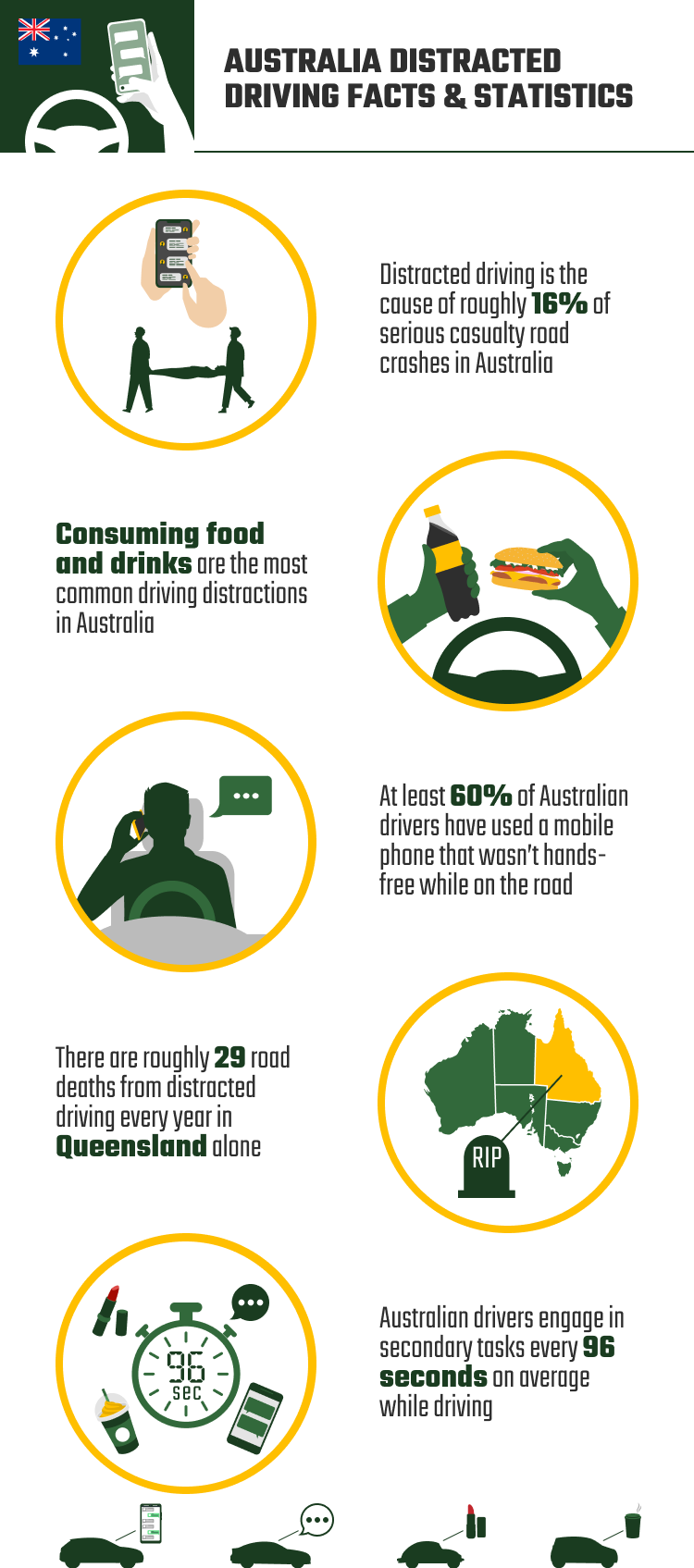
Home Staging Benefits
1. Staged homes can boost home sale value by an average of 12%.
(Tailored Spaces)
This is perhaps the most nebulous stat in this article because different sources give different numbers. Some sites claim you can triple your home’s value, while others offer more reasonable estimates of 15% to 30%.
The good news is that most sources tend to agree that a 10% increase in value is roughly average. Considering the untapped staging market in Australia, we could see these figures rising when the practice becomes popular there.
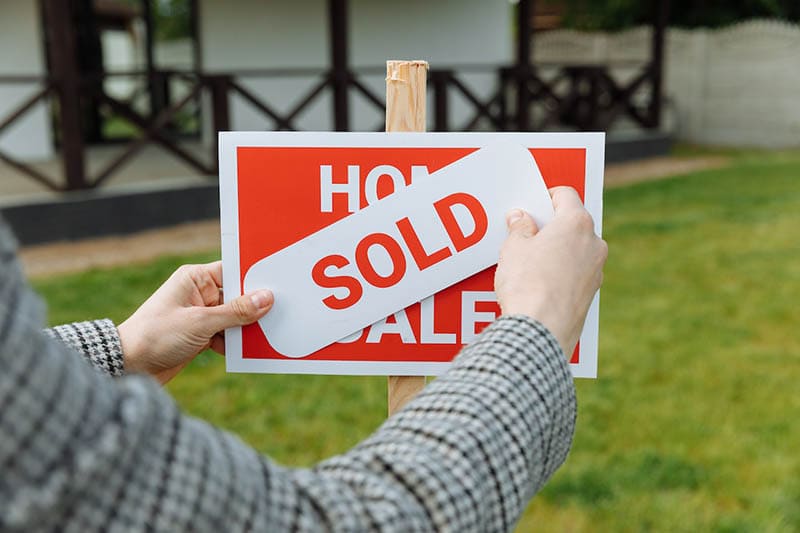
2. Staged homes help houses sell faster by up to 2 weeks.
(The Zebra)
There are other factors at play here, but nearly everyone agrees that staging slashes the number of days your house is on the market (DOM) before being sold. Conservative estimates hover around a week or two less, while more exuberant sources claim staging cut DOM in half or more.
For an idea of what that entails, the average Australian home is on the market for 31 to 48 days. Regardless, even a week faster is a big deal when it comes to selling a house.
3. 85% of staged homes sell for more than the asking price.
(RubyHome)
Well-staged homes give potential buyers a sense of FOMO or fear of missing out. They figure that if they like the house, everyone else must like it too. This can lead to preemptive offers above your asking price in the hopes of clinching the deal or even bidding wars if your home is in demand enough. We don’t expect this to change once house staging becomes big in Australia.
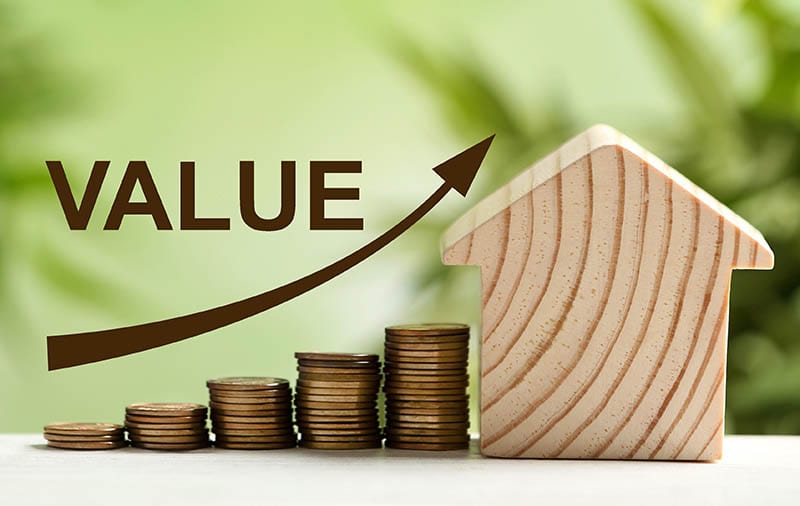
4. Early data from Australian company Jim’s Building Inspections states 98% of their staged properties sold.
(Jim’s Building Inspections)
One of the few solid sources on home staging in Australia, Jim’s Building Inspections claims that a staggering 98% of the properties they staged sold. This is even more impressive when you consider that Australia’s housing market is very volatile.
While 98% seems like a lot, it’s hard to verify without other sources to compare. For now, we’ll just accept that house staging is very effective.
Home Staging Stats
5. Almost 1 in 5 homes sold in the US in 2021 were staged.
(National Association of Realtors)
Decades ago, house staging was mainly only used to spruce up drab low-priced homes. Today, nearly a fifth of all American homes are staged. It stands to reason that house staging will skip that first step in Australia, especially with its promising early results.
That’ll take a while, though, because Australian companies and startups will have to start slow as demand grows. Barring any freakish events, we predict house staging will be just as popular in Australia as it is in the US within the next decade or two.
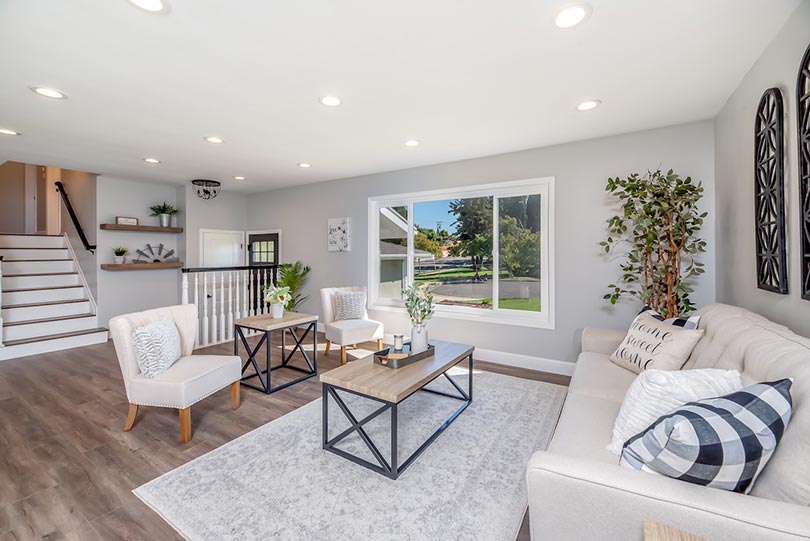
6. The most important rooms to stage are the living room, master bedroom, and kitchen.
(RubyHome)
Staging a house is expensive and time-consuming, so realtors will usually select the most important rooms of the house. Surveys indicate buyers are most interested in seeing staged living rooms, kitchens, and master bedrooms. These are the rooms we use the most, so staging helps people see themselves living there and get more emotionally invested in the property.
Obviously, you can stage more than a couple of rooms, but that gets very expensive very quickly.
7. 90% of buyers can’t see the full potential in un-staged homes.
(Bower Bird Interiors)
Our brains simply aren’t wired to visualize the full potential of an empty room, and staging helps alleviate that anxiety in potential buyers. Plus, an empty room can look really small without furniture in it. It helps cover minor cosmetic flaws that would otherwise draw the eye and gives buyers a peek into how they could decorate the house if they bought it.
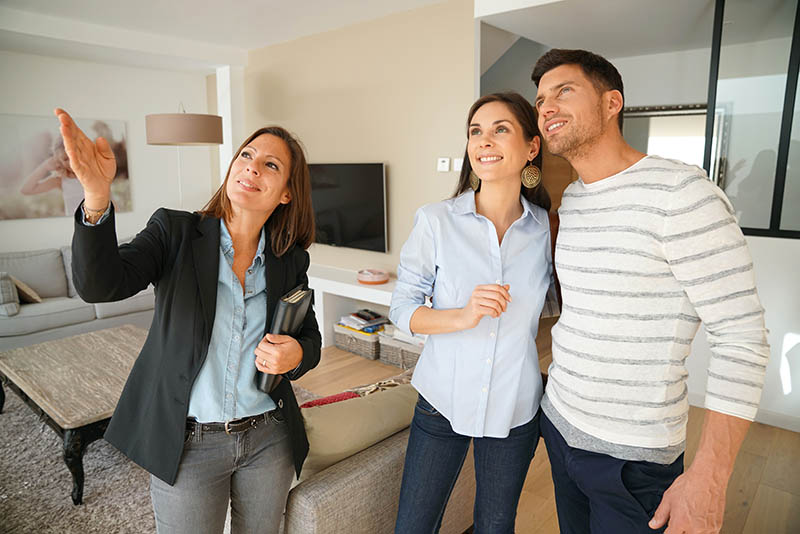
8. 96% of realtors agree that staging homes is beneficial for the home selling process.
(The Zebra)
You might be thinking, “Of course they do, they probably get a cut from the staging,” but they actually don’t. Realtors overwhelmingly recommend staging to boost home sales because it works.
Remember that realtors get paid on commission, so it’s in their best interest to sell your house as fast as possible too. As a rule of thumb, listen to your realtor’s advice about selling—they usually know what they’re talking about.
 Home Staging Costs
Home Staging Costs
9. It costs an average of $3,350 per month to stage an unoccupied home.
(RubyHome)
That translates to almost $5,000 Australian dollars, which is a hefty chunk of change to dress up your house. Before you reflexively recoil at the idea of spending so much in order to make money, remember that home staging has a pretty good return on investment (ROI).
In a lot of cases, you’ll make your initial investment back with interest. If you have the funds available, staging is perhaps the most instant way to maximize your chances of selling your house.
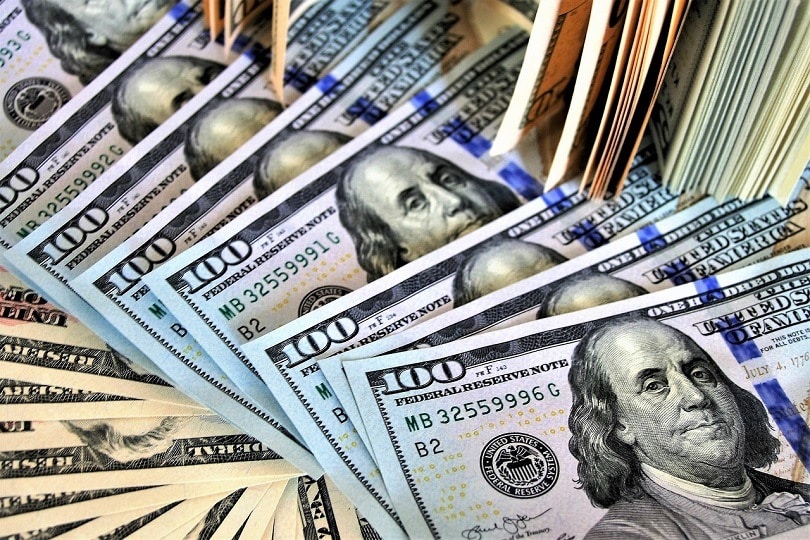
10. The average staged home is valued between $500,000 and $749,000.
(National Association of Realtors)
As we briefly mentioned, home staging used to be for the run-down houses that realtors couldn’t sell. Today, with 1 out of 5 American homes selling after being staged, that’s changed a lot.
Nearly 27% of staged American homes that sell are valued between half a million dollars to $749,000, and 20.9% are worth more than $1 million. The more your house is worth before staging, the more it’ll be worth after.
Frequently Asked Questions
What does home staging entail?
Home staging is deceptively simple. Just dress the house up to entice buyers, right? Kind of. A lot of research and guesswork are involved when a realtor stages a house. They’ll also consult with an interior decorating professional for recommendations. Still, there’s no guarantee people will like it. The realtor or consultant might think a certain bed or couch looks chic and comfortable, but a potential buyer might disagree and pass on the house
Staging doesn’t only involve adding furniture. Depending on the home’s condition, staging can be nearly as extensive as a remodel. Cleaning is the first and most obvious step, but the house could need more. Dull paint needs a fresh coat, unkempt lawns need trimming, old light fixtures need to be updated, and so on.
Ultimately, the goal of staging is to add as much aesthetic appeal as possible to attract buyers and sell the house as quickly as possible. Everyone gets what they want: the buyer gets the house, the realtor gets their commission, and you get your money.
What are the most common house staging mistakes?
Just as there are numerous paths to success, there are tons of ways to mess up house staging. Let’s take a brief look at some house staging mistakes to avoid below.
Common House Staging Mistakes:
- Neglecting to make the exterior of the house presentable
- Not updating old light fixtures
- Unevenly hung artwork
- Not addressing major renovations
- Listing the house before it’s ready to be seen by potential buyers
How much can I expect home staging to cost in Australia?
Roughly $5,000 Australian dollars is a safe bet, but there are lots of ways to cut corners and pinch pennies. For example, you can stage using the furniture you have at home or in storage to instantly cut down on furniture costs.
There are numerous levels of staging, from minimal and affordable to an eye-wateringly expensive total overhaul. Depending on your home and budget, you can opt for the choice that works best for your home.
Conclusion
Selling a house can be difficult in the best of times, but home staging helps spice things up to attract potential buyers like moths to the flame. Australia has not caught on yet, but stats from around the globe all but guarantee that Aussies will be staging houses much more in the years and decades to come.
- Related Read: Multifamily Housing Trends & Statistics in Australia
Featured Image Credit By: Justin_Krug, Shutterstock
Contents

